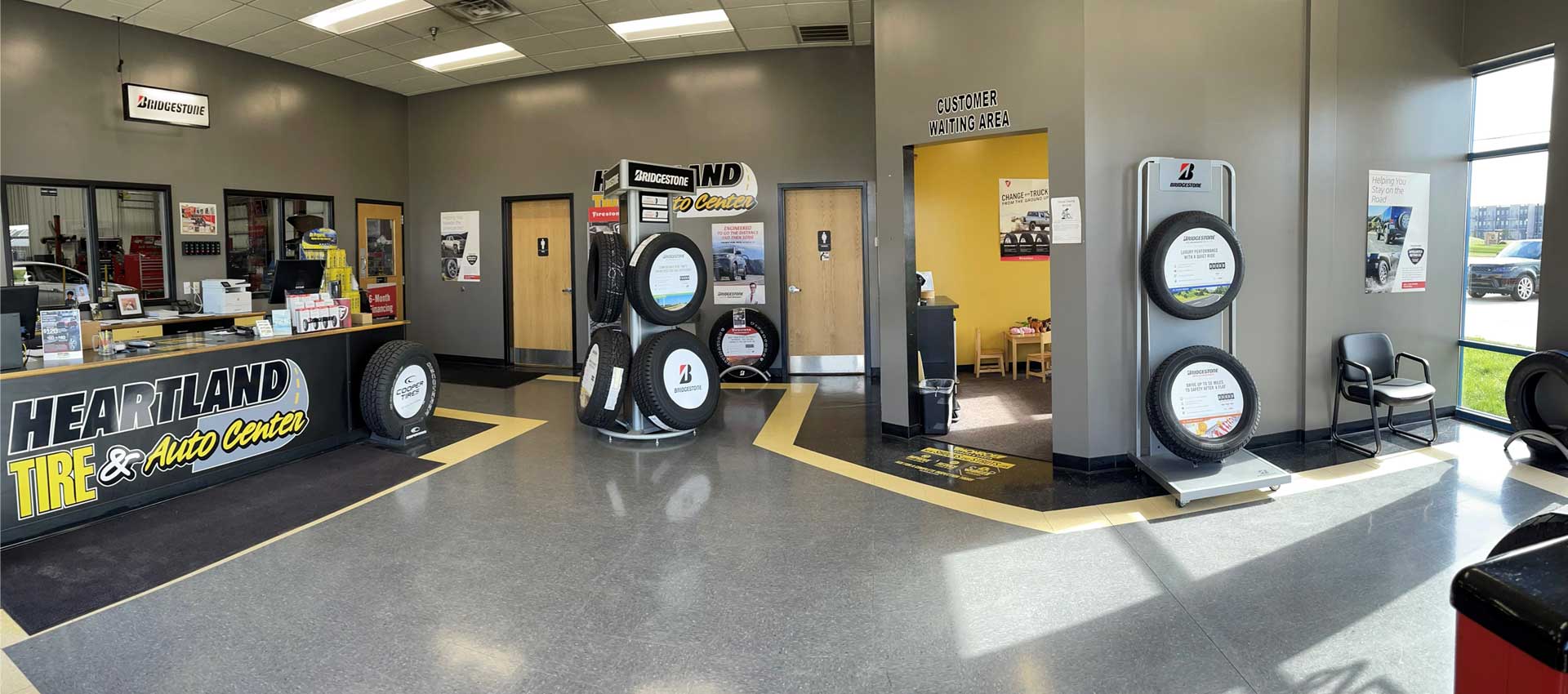Trust Morris Tire and Alignment for Expert Service and Care
Trust Morris Tire and Alignment for Expert Service and Care
Blog Article
Tire Solution: Understanding Tire Stress Tracking Solutions
Understanding Tire Pressure Surveillance Solutions (TPMS) is an important element of keeping optimal automobile performance and safety on the roadway. With innovations in automotive technology, TPMS has actually ended up being a conventional feature in modern-day automobiles, offering real-time details on tire pressure levels.

Relevance of TPMS
The value of Tire Pressure Tracking Solutions (TPMS) exists in their capacity to boost vehicle safety and security and performance via real-time surveillance of tire pressure levels. Keeping the appropriate tire stress is important for making certain optimal handling, stopping, and total safety of an automobile. TPMS provides motorists with immediate comments on any type of overinflated or underinflated tires, permitting for timely modifications to be made.
Parts of TPMS
Sensing units are commonly located in the tire shutoff stem or affixed to the wheel assembly, where they measure tire pressure and send data to the control module. Some advanced TPMS versions additionally present the real tire stress analyses for each tire, providing drivers with real-time details to make sure ideal tire efficiency and safety. By keeping an eye on tire pressure continually, TPMS aids protect against accidents, minimizes tire wear, and improves fuel efficiency, making it an important part for lorry safety and security and performance. morris tire and alignment.
Kinds Of TPMS

On the various other hand, indirect TPMS relies on the automobile's wheel speed sensors to check tire stress. This system identifies underinflation by comparing the rotational speeds of the wheels. Indirect TPMS is less pricey than straight TPMS, as it utilizes existing sensing units within the automobile.
While straight TPMS provides more exact readings, indirect TPMS is less complex in layout and normally calls for much less maintenance. Both systems have their restrictions and benefits, and the choice in between them commonly depends on elements such as cost, check my source lorry make, and individual preference. Recognizing the distinctions between these two sorts of TPMS can assist vehicle proprietors make informed decisions relating to tire upkeep and security.
TPMS Maintenance Tips
Conduct routine checks on the tire stress degrees and contrast them with the TPMS readings to guarantee they are regular. Throughout tire turning or replacement, make sure that the TPMS elements are taken care of meticulously to stop any type of potential damages. If the TPMS cautioning light illuminates on the control panel, deal with the problem immediately by examining the tire pressures and the total system for any kind of mistakes.
Benefits of Appropriate Tire Stress
Preserving proper tire pressure, as highlighted in TPMS Upkeep Tips, is critical for enjoying the countless advantages linked with optimum tire pressure levels. Among the primary benefits of preserving check this the correct tire pressure is enhanced gas effectiveness. When tires are properly pumped up, there is less rolling resistance, resulting in much better gas economy. In addition, proper tire pressure makes sure also tire wear, expanding the life-span of the tires and promoting more secure driving conditions. With the best tire stress, vehicles additionally have much better handling and traction, specifically in adverse weather. This can improve overall driving performance and safety for the driver and travelers. Furthermore, preserving ideal tire pressure can add to a smoother and much more comfortable ride by decreasing resonances and noise brought on by underinflated tires. Finally, the advantages of proper tire stress go past simply tire longevity; they encompass enhanced gas performance, improved safety, better lorry performance, and total driving convenience.
Verdict
In final thought, understanding tire stress tracking systems (TPMS) is vital for keeping ideal tire stress and making sure lorry security. By identifying the relevance of TPMS, recognizing with its components, recognizing the different types available, sticking to correct upkeep tips, and realizing the advantages of keeping correct tire pressure, vehicle drivers can improve their driving experience and extend the life expectancy of their tires. Proper tire stress is vital to reliable and secure automobile procedure.

Report this page